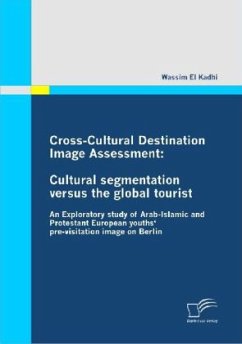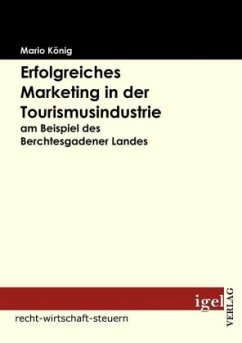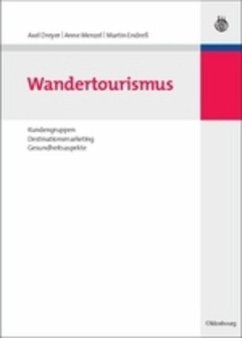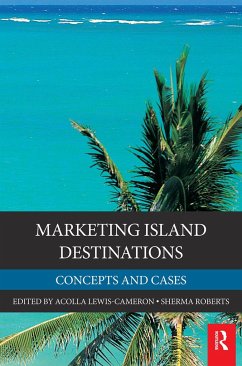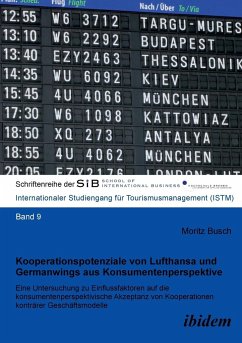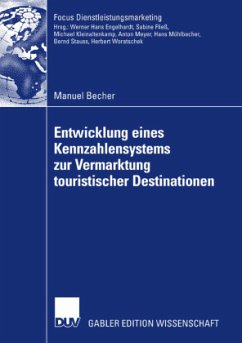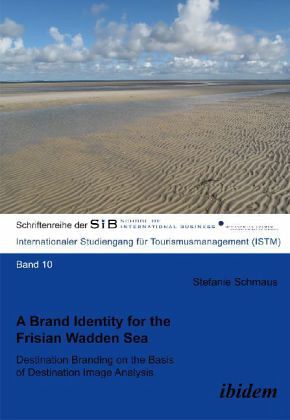
A Brand Identity for the Frisian Wadden Sea
Destination Branding on the Basis of Destination Image Analysis
Herausgegeben: Herle, Felix Bernhard
Versandkostenfrei!
Versandfertig in 6-10 Tagen
24,90 €
inkl. MwSt.

PAYBACK Punkte
0 °P sammeln!
In today's globalized world, leisure tourism is an important economic factor for many regions and the number of travelers increases every year. Since the destination market in an increasingly internationalized world offers a plentitude of options and competition is high, travellers can choose from a wide range of places to visit, while at the same time destination selection has become an important lifestyle indicator, reflecting the visitors' motivations and self-image. The challenge every destination faces is to convince potential tourists that the experience at the destination will satisfy t...
In today's globalized world, leisure tourism is an important economic factor for many regions and the number of travelers increases every year. Since the destination market in an increasingly internationalized world offers a plentitude of options and competition is high, travellers can choose from a wide range of places to visit, while at the same time destination selection has become an important lifestyle indicator, reflecting the visitors' motivations and self-image. The challenge every destination faces is to convince potential tourists that the experience at the destination will satisfy their motivations and provide them with the benefits sought. Thus, there is a need to credibly communicate what the destination stands for. This can be achieved through branding. How a destination is perceived by non-visitors and actual tourists constitutes an important indicator for its marketing strategy and brand building. Stefanie Schmaus has investigated the potential for the development of a destination brand identity for the Frisian Wadden Sea on the basis of the destination image held by its most important international source market. She conducted a survey revealing cognitive, affective, and unique image dimensions among actual and potential visitors from Germany. The results were subsequently translated into the brand values and essence of the future brand identity, thus creating a unique selling proposition (USP) for the destination. Schmaus' study not only addresses regional destination management organizations and other tourism suppliers in the destination, but also comprises valuable insights for tourism planners and promoters by combining academic theory on image analysis and branding with its implementation in the tourism industry.



